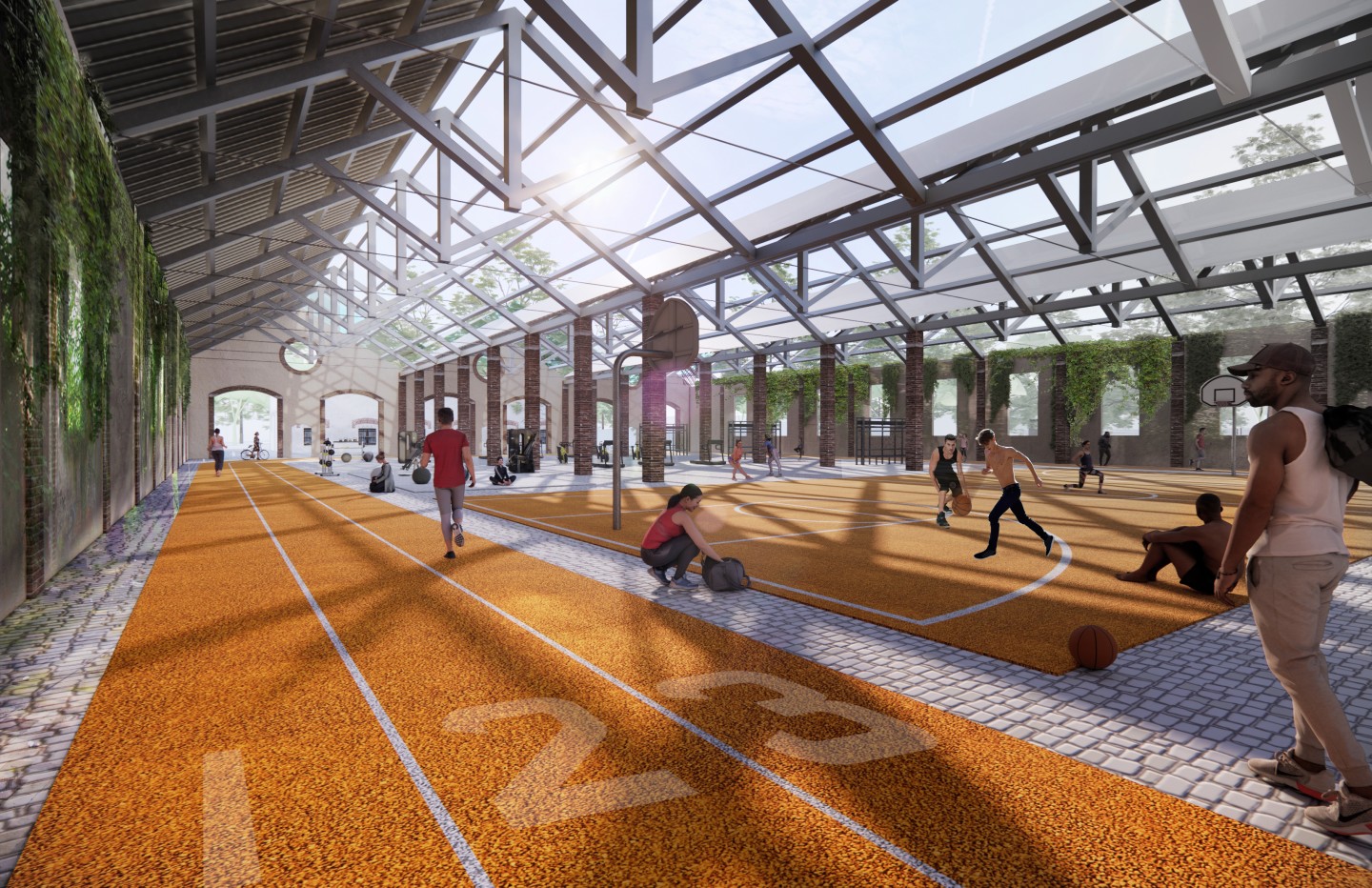An international collaboration made up of Diller Scofidio + Renfro, PLP Architecture, Carlo Ratti Associati, as well as Outcomist and Arup, is working on a project to transform a Milan railway yard into a tree-filled park with a High Line-style raised walkway. Named Parco Romana, it will involve the creation of new office space and some housing for Olympic athletes, too.
Parco Romana is slated for Milan’s Porta Romana district, and will be centered around the former railway yard, which will be re-landscaped to create new public green space, including woodland. A “Suspended Forest” will be a major attraction and consist of a raised walkway based on existing railway infrastructure. It will include hundreds of trees and offer walking routes with choice views of the area.
Diller Scofidio + Renfro already has form for this kind of thing, co-creating the original High Line, plus it’s working on something similar for London (the firm is collaborating with Stefano Boeri Architetti on another plan to re-green inner-city Milan, the Pirelli 39 project, too).
The site’s eastern area will be home to new office buildings. Over on the western side will be a mixed-use residential district that will host athletes for the upcoming Milan 2026 Winter Olympics. Once the games are concluded, it will be turned into a residential complex for the community that includes social housing.

Parco Romana Design Team
The residential area will also feature a public square, community garden, outdoor exercise spaces, and co-working spaces that are situated within renovated train repair sheds. An unspecified type of renewable energy systems will be used for power.
“The scheme rethinks a large railway yard that has divided the area for more than a century,” says the project’s press release. “It stitches together a fragmented urban realm, reconnecting surrounding neighborhoods with a vibrant mixed-use district rooted in the principles of inclusivity, biodiversity, resiliency, connectivity and wellbeing. Built around a new Great Park that serves as the green heart of the development, Parco Romana celebrates its layered histories while offering shared environments for living and working that unite a diverse community of residents, students, office workers, athletes and visitors.”
The project was chosen following an architecture competition, though details are still light and there’s no word yet on when construction is expected to begin.
Source: Carlo Ratti Associati
Source of Article